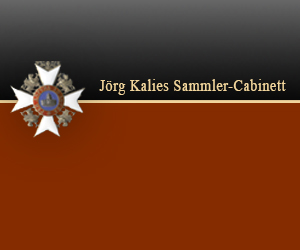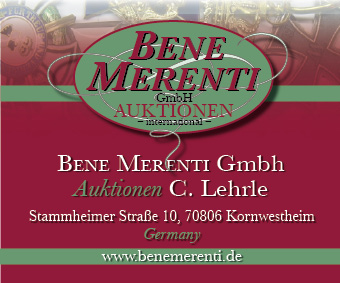Firefighters Werkfeuerwehr Cuff Title
SKU: 74.GOR.03.02.04.002
Estimated market value:


Estimated market value:
Attributes
History
Before the NSDAP’s rise to power in 1933, firefighters and their regulations were overseen by the individual German states. Fire services were more or less run by the communities as they saw fit. Larger towns and cities featured professional fire services (Berufsfeuerwehr), while rural areas featured volunteer fire services (Freiwillige Feuerwehr).
Under Third Reich rule, fire services were to be unified on a national level and therefore placed under the control of the German Police. National socialist doctrine was infused and the fire services militarised in preparation for war and the anticipated bombing of German cities.
Between 1933 and 1938, the professional fire service was referred to as “Feuerlöschpolizei” (fire extinguishing police), while between 1938 and 1945, they were referred to as “Feuerschutzpolizei” (fire protection police) as a subdivision of the German Police.
Volunteer firefighters were classified as part of the Hilfspolizei (police auxiliary forces).
Firefighter uniforms had generally been made of dark blue material, predominantly in Prussia. This colour was still used during the 1930s, but then changed in 1939 when members of the professional fire service received a green uniform similar to that of the German Police. The uniform garments featured carmine piping and initially black, later dark brown (as of September 1942) collars, cuffs, and cap bands as identifiers. However, volunteer firefighters kept wearing dark blue uniforms with carmine piping until the end of the war.
A Werkfeuerwehr was an industrial fire brigade. Every large company protected its factories by employing their own private fire brigade. Members of these fire brigades wore uniforms very similar to regular firefighter uniforms, albeit with a few key differences concerning their insignia.
The Werkfeuerwehr cuff title had several variants. Colours used ranged from red to black with white or silver-coloured inscription and with or without top and bottom stripes. The letters were in different scripts, including Latin or Gothic.


Comments
Sign in to comment and reply.


Scroll Top